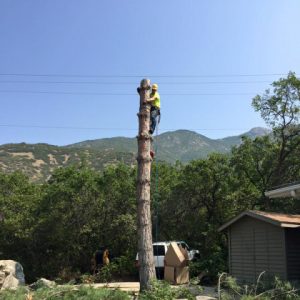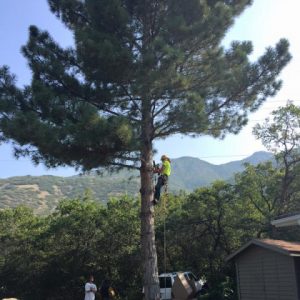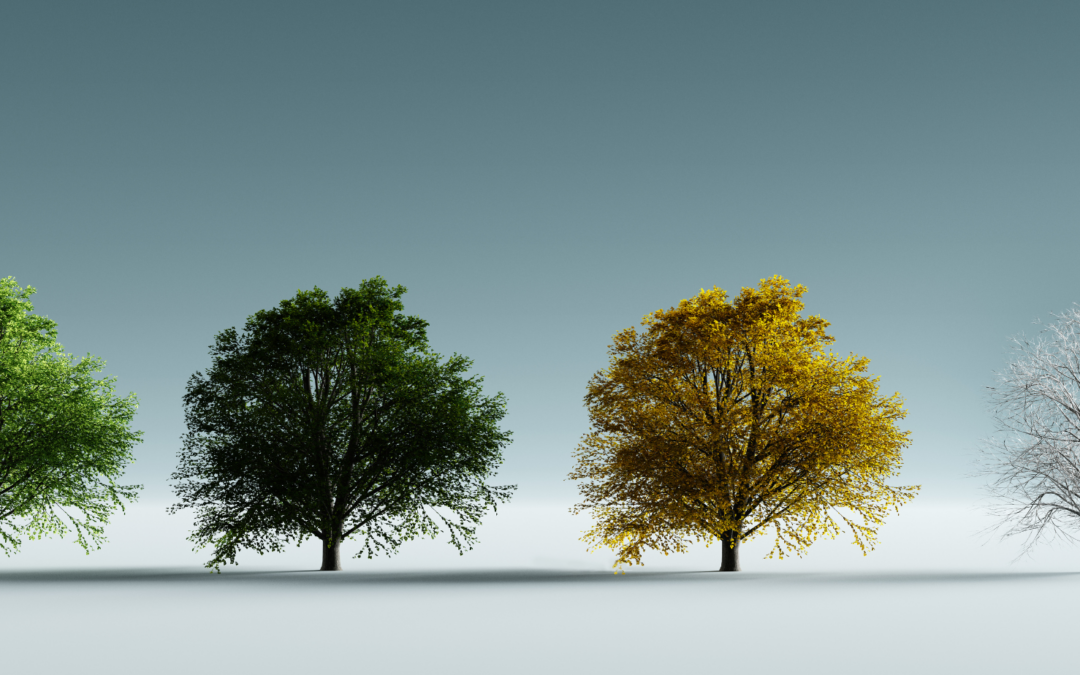 Welcome to our article on the best months for trimming trees in Utah. Proper tree trimming is essential for maintaining the health, safety, and aesthetic appeal of your trees. However, it is crucial to be aware of the months when tree trimming should be avoided due to specific environmental factors. In this article, we will explore these limitations and provide insights from our team of ISA-certified arborists at All Woods Tree Services, who have over 25 years of experience in tree care. Stay tuned to learn the best practices for tree trimming in Utah.
Welcome to our article on the best months for trimming trees in Utah. Proper tree trimming is essential for maintaining the health, safety, and aesthetic appeal of your trees. However, it is crucial to be aware of the months when tree trimming should be avoided due to specific environmental factors. In this article, we will explore these limitations and provide insights from our team of ISA-certified arborists at All Woods Tree Services, who have over 25 years of experience in tree care. Stay tuned to learn the best practices for tree trimming in Utah.
The Impact of Winter Trimming on Tree Health
Winter trimming can have a significant impact on the health of trees. Winter pruning, after the coldest parts of the season, is beneficial for several tree species in Utah. One of the main concerns is the effects of cold weather on tree pruning. Cold temperatures can cause stress to trees, making them more susceptible to damage or disease. However, there are alternatives to trimming during the winter season. Winter tree care can involve practices such as mulching, watering, and protecting trees from harsh weather conditions. If winter tree trimming is necessary, it is important to minimize stress on the trees by following proper techniques and guidelines. Timing is also crucial in winter tree pruning, as it should be done when the trees are dormant to reduce the risk of harming their overall health.
Spring Pruning: When to Proceed With Caution
During the spring season, trimming trees in Utah should be approached with caution and careful consideration. It is important to understand the proper pruning techniques and timing for different types of trees. Here are some key points to keep in mind:
- Pruning for fruit trees: Spring is an ideal time to prune fruit trees as it promotes better fruit production and improves overall tree health. However, it is essential to avoid pruning too late in the season, as it can reduce fruit yield.
- Pruning for flowering trees: Timing is crucial when pruning flowering trees. It is best to prune after they have finished blooming to avoid removing potential flower buds for the next season.
- Pruning for shade trees: Spring pruning for shade trees should focus on removing dead or damaged branches and maintaining a balanced canopy. However, avoid excessive pruning during this time, as it can stress the tree.
- Proper pruning timing: It is generally recommended to prune trees in early spring before new growth starts. This allows the tree to heal quickly and minimizes the risk of disease or pest infestation.
Summer Tree Trimming: The Risks to Avoid
To ensure the safety of both tree health and personnel, it is important to exercise caution and avoid excessive pruning during the summer season. While tree trimming in Utah is necessary to maintain the health and appearance of trees, there are potential risks that need to be considered. Common mistakes during summer tree trimming include over-pruning, improper use of tools and techniques, and causing potential damage to the tree. Excessive pruning can weaken the tree and make it more susceptible to diseases and pests. Using the wrong tools or techniques can result in improper cuts and wounds that may not heal properly. Safety precautions such as wearing protective gear and following proper pruning guidelines should always be followed. It is recommended to hire professional tree care services to ensure the job is done correctly and safely.
Fall Considerations: Why Some Trees Should Be Left Untouched
Throughout the fall season, for the safety and well-being of certain trees, it is advisable to refrain from any trimming trees or pruning activities. Fall is a crucial time for trees as they prepare for the winter ahead. Here are some reasons why it is important to leave them untouched during this time:
- Preserving the beauty of autumn foliage: By avoiding trimming, we allow the trees to display their vibrant colors and contribute to the picturesque landscapes that define this season.
- Protecting wildlife habitats and nesting sites: Many trees provide essential shelter and nesting sites for various wildlife species. By leaving them untouched, we ensure that these habitats remain intact and continue to support biodiversity.
- Avoiding winter infections and disease prevention: Trimming trees in Utah during fall can leave trees vulnerable to infections as wounds may not heal properly before the freezing temperatures arrive. By refraining from pruning, we help trees maintain their natural defense mechanisms.
- Letting nature take its course and promoting tree resilience: Trees have evolved to withstand the challenges of winter. By allowing them to go through their natural processes, we enable them to build resilience and prepare for the coming months.
- Maintaining environmental balance through natural decay processes: Fallen leaves and branches contribute to the natural decay process, enriching the soil and supporting the growth of new life. By leaving trees untouched, we promote a healthy and balanced ecosystem.
Local government services may have tips for the greenery they see most often in their communities. Check with your city or county office for up to date information on when they suggest trimming, or call All Woods Tree Services for expert advice! Call us any time of year to talk about your options for preserving tree health!
 Hours: Mon – Fri 8am – 5pm
Hours: Mon – Fri 8am – 5pm +1 801-476-9181
+1 801-476-9181 service@allwoodstreeservice.net
service@allwoodstreeservice.net
